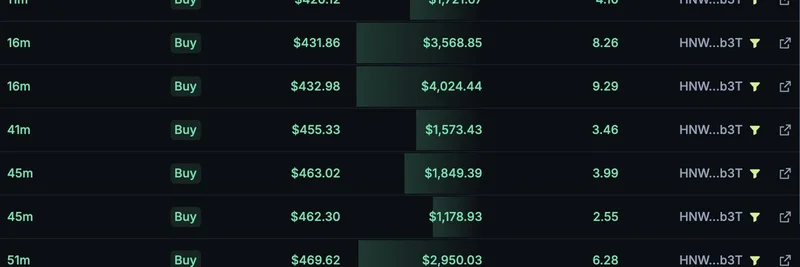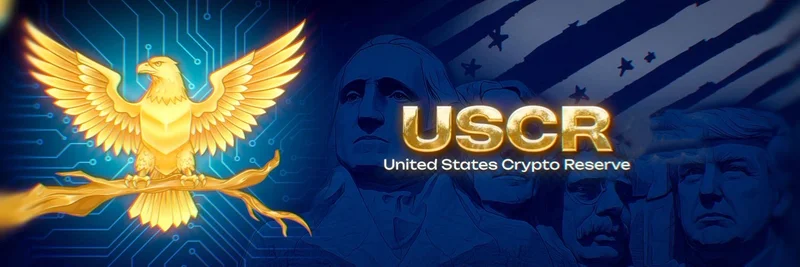In the fast-paced world of cryptocurrency, the debate between centralized exchanges (CEXs) and decentralized exchanges (DEXs) is heating up. Recently, Armani Ferrante, founder of Backpack and Mad Lads, shared some thought-provoking insights in a tweet quoting Frankie from Paradigm. Let's break it down and see what it means for meme token enthusiasts.
The Spark: Frankie's Observation
It all started with Frankie's post: "the best CEXes are doing more onchain and the best DEXes are doing more offchain." For those new to the lingo, CEXs are like traditional stock exchanges but for crypto—think Binance or Coinbase—where a central authority handles trades. DEXs, on the other hand, run on blockchain smart contracts, allowing peer-to-peer trades without intermediaries, like Uniswap on Ethereum or Raydium on Solana.
Frankie's point highlights a convergence: top CEXs are integrating more blockchain elements (onchain activities), while leading DEXs are incorporating some centralized efficiencies (offchain processes) to boost speed and user experience.
Armani's Deep Dive: Architecting CEXs Like DEXs
Armani builds on this by arguing that CEXs should fundamentally design themselves like DEXs. He emphasizes that every transaction or state change should be cryptographically signed, validated, and verifiable by anyone in real time, anchored to a public blockchain. No more waiting for monthly audits—this is about instant transparency.
The key difference? Regulation. DEXs are built to be censorship-resistant, meaning no one can easily shut them down or block trades. CEXs, however, are designed to comply with laws, making them "censorable" in certain scenarios. But in Armani's vision, both tap into decentralized liquidity, with all data and assets tokenized on layer-1 blockchains like Solana.
He paints a bigger picture: real-world assets (RWAs) booming, legal frameworks merging with code, and crypto becoming the backbone of global power structures. The endgame? "Everything onchain."
Why This Matters for Meme Tokens
Meme tokens, those viral, community-driven coins like Dogecoin or newer Solana-based gems, thrive on hype and liquidity. They're often born on DEXs for quick launches and fair distribution, but as they gain traction, listings on CEXs bring in more traders and volume.
Armani's ideas could supercharge this ecosystem. Imagine meme token trades on a CEX that's as transparent as a DEX—every buy, sell, or whale dump verifiable onchain in seconds. This reduces risks like insider trading or manipulative practices that plague some centralized platforms. For Solana meme projects, where Mad Lads and Backpack are already key players, this convergence means better integration between wallets, NFTs, and exchanges.
Plus, with RWAs on the rise, meme tokens could evolve beyond jokes into tokenized cultural assets, blending fun with real utility. As blockchain goes mainstream, meme creators and traders get tools that are secure, fast, and globally accessible.
Looking Ahead: The Onchain Revolution
Armani's thread isn't just theory; it's a roadmap for the industry. With Backpack's own exchange pushing boundaries in the Solana space, we're seeing this play out. For meme token hunters, staying ahead means watching how CEXs and DEXs blend—potentially unlocking deeper liquidity pools and fairer markets.
If you're diving into meme tokens, keep an eye on innovators like Armani. Check out the full thread for more, and remember: in crypto, transparency isn't optional—it's the future.



